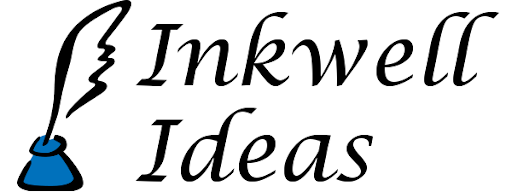Anatomy of a Sidequest Deck Card

Inkwell Ideas is presently running a Kickstarter campaign featuring four distinct Sidequest Decks and four accompanying NPC Portraits Decks, each tied to a unique theme. Here we’re diving into the details of what to expect and how to use a Sidequest Deck card. We do pack a lot into just 200 words or so.
One side of the card predominantly features the primary map area for the sidequest. While this map provides insights into the adventure’s nature, the other side, housing the quest outline, also has a few easy ways to tell if a quest fits your situation.
At the top of the outline side of each card are key elements: the title, card number, and tags. The card number aids in maintaining deck order, while the title and tags (summarizing aspects like riddles, mysteries, wilderness, towers, diplomacy, etc.) offer a quick grasp of the quest’s essence. This design allows you to efficiently sift through numerous cards and zero in on those aligning with your game’s current scenario.
Following this is a section furnishing a succinct summary and background information for the game master, offering a high-level understanding of the quest’s core. Typically encompassing about two sentences, this section assists in selecting the most fitting quest for your game’s context.
Next, we have usually two story hook ideas in a “Getting the PCs Involved” section. These can be very sudden & active where something happens to the PCs or they can be rumors about things in town the PCs may overhear or they can be a direct request from an NPC who needs a job done.
The card’s largest segment, under “Encounter Ideas”, outlines multiple potential encounters in a suggested sequence. These encounters provide a structured foundation while allowing for player-driven deviations and innovative solutions, empowering game masters to adapt and improvise based on player actions.
Finally, most cards feature one or two “Follow-up Ideas”, presenting plausible story seeds for post-quest pursuits. While these may not align with the party’s quest conclusion, they serve as starting points for further narrative development.
